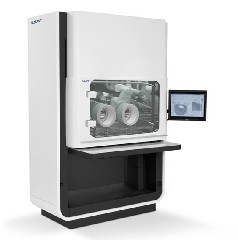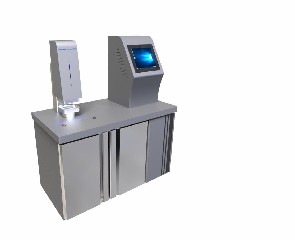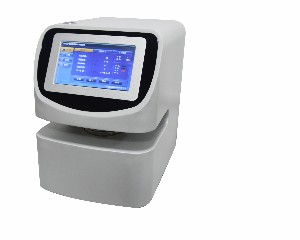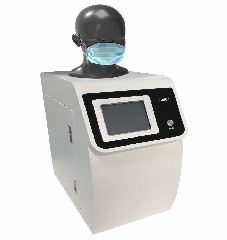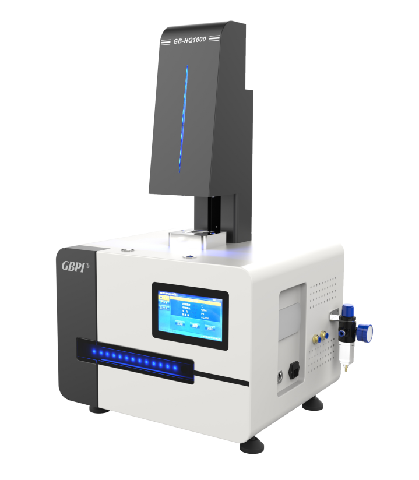This guidance is divided into four (5) main categories: face coverings, gowns, gloves, disinfectant and cleaning products, mask testing equipment.
FACE COVERINGS
There are many types of face coverings, including face coverings intended for consumer applications, medical, and industrial use, each with their own unique federal requirements. We have included information on several of these face coverings below:
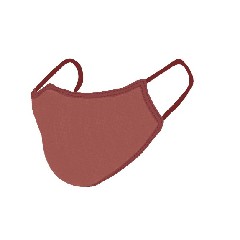
Consumer face masks (not designed or sized for children ages 12 and under)
These face masks are considered articles of wearing apparel under the jurisdiction of the CPSC. Consumer face masks must comply with the flammability requirements of the Flammable Fabrics Act. Consumer face masks must be tested to either16 CFR part 1610(Standard for the Flammability of Clothing Textiles) or16 CFR part 1611(Standard for the Flammability of Vinyl Plastic Film), depending upon the material used in construction.
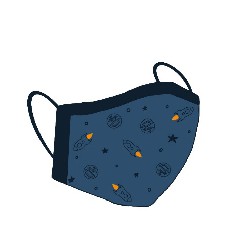
Children’s consumer face masks (designed or sized for children ages 12 and under)
These face masks are considered articles of wearing apparel under the jurisdiction of the CPSC, and must meet the flammability testing requirements of16 CFR part 1610or16 CFR part 1611, as outlined above in Consumer face masks (not designed or sized for children ages 12 and under). However, these masks would also need to comply with the labeling, testing, and certification requirements of the Consumer Product Safety Act (CPSA).
All children’s products, including children’s face masks, must bearpermanent tracking information, meettotal lead content limits, and meetlead in paint/similar surface coating limits, if either paint or a surface coating is present on the product. Testing must be conducted at aCPSC-Accepted Testing Lab, and domestic manufacturers and U.S. importers of these product must also issue aChildren’s Product Certificate.
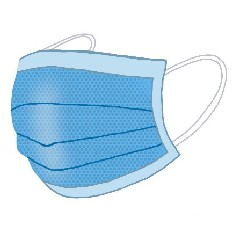
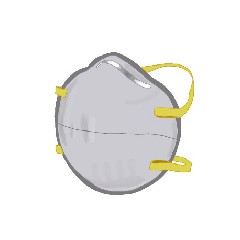
Medical face masks (surgical masks and/or N95 respirators)
Face masks that are intended for use in the diagnosis of disease or other health-related conditions, or in the cure, mitigation, treatment, or prevention of disease (such as surgical masks) are “medical devices” that fall under the jurisdiction of the U.S. Food and Drug Administration (FDA).
N95/P100 and other respirators, in both disposable and reusable form, are personal protective equipment regulated by the National Institute for Occupational Safety and Health (NIOSH), under the Centers for Disease Control (CDC).

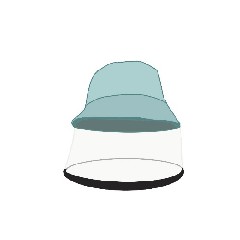
Face shields
Face shields that are intended for use in the diagnosis of disease or other health-related conditions, or in the cure, mitigation, treatment, or prevention of disease, such as prevention of infectious disease transmission (including uses related to COVID-19), are considered “medical devices” under the jurisdiction of the FDA.
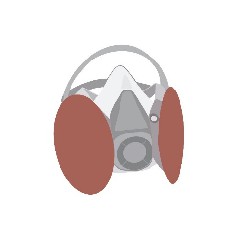
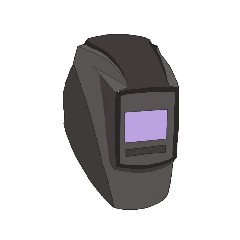
Industrial face masks
Face masks (e.g., such as welding hoods), exclusively manufactured for commercial purposes and that are meant to protect the wearer from chemical or physical hazards, fall outside the jurisdiction of the CPSC. These products may have recommendations from NIOSH or requirements from the Occupational Health and Safety Administration (OSHA).
GOWNS
Just like face coverings, there are many different types of gowns, including gowns used for non-medical and medical applications. We have included information on a variety of gown types below:
Non-medical gowns (not designed or sized for children ages 12 and under)
These gowns are considered articles of wearing apparel under the jurisdiction of the CPSC and must comply with16 CFR part 1610(Standard for the Flammability of Clothing Textiles) or16 CFR part 1611(Standard for the Flammability of Vinyl Plastic Film), depending on the materials used in construction. In general, domestic manufacturers and U.S. importers of these products must issue aGeneral Certificate of Conformity(GCC), certifying that the products meet all applicable requirements.
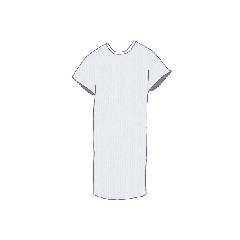
Disposable gowns (not designed or sized for children ages 12 and under)
These gowns are considered articles of wearing apparel under the jurisdiction of the CPSC and must comply with16 CFR part 1610(Standard for the Flammability of Clothing Textiles) or16 CFR part 1611(Standard for the Flammability of Vinyl Plastic Film), depending on the materials used in construction. In general, domestic manufacturers and U.S. importers of these products must issue aGeneral Certificate of Conformity(GCC), certifying that the products meet all applicable requirements.
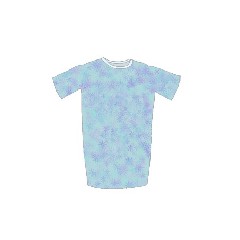
Children’s disposable gowns (sized for children from newborn to size 14)
Disposable children’s gowns sized from newborn up to 9 months must comply with16 CFR part 1610(Standard for the Flammability of Clothing Textiles).
Disposable children’s gowns sized 9-14 months, must comply with the flammability requirements for children’s sleepwear of16 CFR part 1615(for size 0 to 6X) or16 CFR part 1616(for sizes 7 to 14). Under 16 CFR §1615.4(g)(4)(i) and 16 CFR §1616.5(c)(4)(i), disposable gowns not meant to be washed or dry cleaned do not require laundering before being subjected to sleepwear flammability testing.
All children’s disposable gowns must comply with the labeling, testing, and certification requirements of the CPSA. As such, these products must containpermanent tracking information, meettotal lead content limits, and meetlead in paint/similar surface coating limits, if either paint or a surface coating is present on the product. Any applicable testing on these products must be conducted at aCPSC-Accepted Testing Lab, and domestic manufacturers and U.S. importers of these products must also issue aChildren’s Product Certificate.
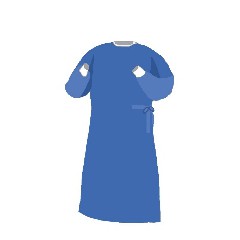
Medical Gowns
Gowns intended for use in health care settings, including surgical gowns, isolation gowns, surgical isolation gowns, nonsurgical gowns, procedural gowns, and operating room gowns, are all under the jurisdiction of the FDA.
GLOVES
There are many different types of gloves, including non-medical and medical gloves. We have included information on several types of these gloves below:
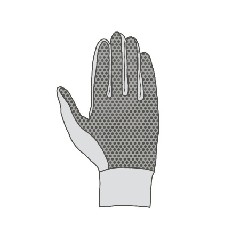
Non-medical gloves
Non-medical gloves not designed or sized for children ages 12 and under are articles of wearing apparel regulated by the CPSC that must comply with the flammability requirements of the Flammable Fabrics Act.
Children’s non-medical gloves must also comply with the labeling, testing, and certification requirements of the CPSA. As such, these products must containpermanent tracking information, meettotal lead content limits, and meetlead in paint/similar surface coating limits, if either paint or a surface coating is present on the product. Testing must be conducted at aCPSC-Accepted Testing Lab, and domestic manufacturers and U.S. importers of these products must also issue aChildren’s Product Certificate.
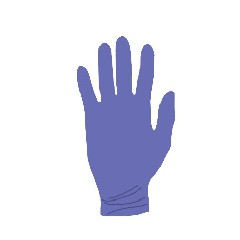
Medical Gloves
Gloves intended for use in the diagnosis of disease or other conditions, or in the cure, mitigation, treatment, or prevention of disease are “medical devices” under the jurisdiction of the FDA.
Additionally, theFDA has banned powdered surgeon’s gloves, powdered patient examination gloves, and absorbable powder for lubricating a surgeon’s gloves because these products present an unreasonable and substantial risk of illness or injury that cannot be corrected or eliminated by labeling or a change in labeling.
DISINFECTANT AND CLEANING PRODUCTS
Disinfectant and cleaning products are regulated by various federal agencies, depending upon the product’s ingredients and intended use. One or more of the regulations below could apply to your product.
In addition, the Poison Prevention Packaging Act (PPPA) requires certain household products containing any of the substances listed in16 CFR §1700.14to have special packaging to protect children from serious injury or illness from handling, using, or ingesting such substances.
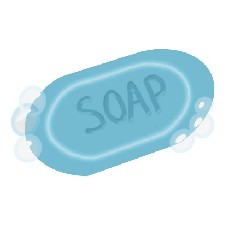
Consumer Cleaning Solutions
Household cleaning solutions fall under the jurisdiction of the CPSC if they are a hazardous substance under the Federal Hazardous Substances Act (FHSA). A product is a hazardous substance if: (1) the substance or mixture of substances may cause substantial personal injury or substantial illness during customary or reasonably foreseeable handling or use, including reasonably foreseeable ingestion by children; and (2) the substance or a mixture of substances is toxic, corrosive, an irritant, a strong sensitizer, is flammable or combustible, or generates pressure through decomposition, heat or other means.
Section 2(p)(1) of the FHSA,15 U.S.C. §1261(p)(1), requires that hazardous substances bear certain cautionary statements on their labels – see16 CFR §1500.121for the labeling requirements.
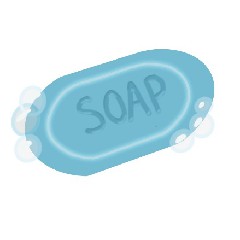
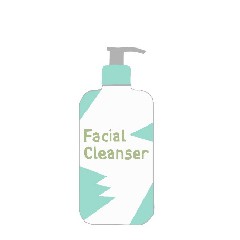
Soaps
Ordinary soaps, made primarily of fats and alkalis, and that are manufactured for consumer use, aretrue soaps(not cosmetics or drugs), and fall under the jurisdiction of the CPSC. To that end, the CPSC has no specific labeling requirements for such ordinary soaps.
However, these products are still subject to the general cautionary labeling requirements applicable to hazardous substances under the FHSA. A product is determined to be a hazardous substance if: (1) the substance or mixture of substances may cause substantial personal injury or substantial illness during customary or reasonably foreseeable handling or use, including reasonably foreseeable ingestion by children, and (2) the substance or a mixture of substances is toxic, corrosive, an irritant, a strong sensitizer, is flammable or combustible, or generates pressure through decomposition, heat or other means.
Soaps intended for purposes such as moisturizing, adding fragrance to the skin, or deodorizing the user’s body, are “cosmetics” under the jurisdiction of the FDA. Soaps intended to treat or prevent disease (e.g., by killing germs), or that treat skin conditions, such as acne or eczema, are “drugs” under the jurisdiction of the FDA.
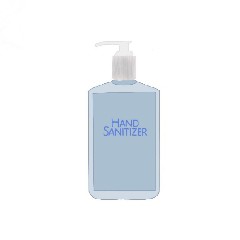
Hand Sanitizers
Liquid, gel, or foam hand sanitizers used to decrease infectious agents on the hands are “drugs” under the jurisdiction of the FDA.
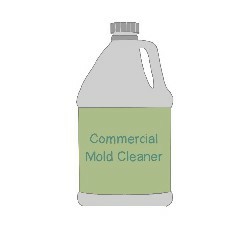
Antimicrobial Products/Disinfectants
These products are regulated by the U.S. Environmental Protection Agency (EPA) under the Toxic Substances Control Act (TSCA). Under TSCA, the EPA requires reporting, record-keeping, and testing requirements to be met, and places restrictions on certain chemical substances and/or mixtures, including certain disinfectants.
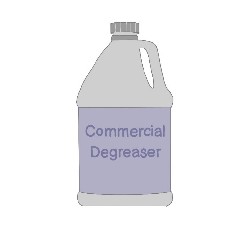
Commercial Cleaning Products
If these products are for commercial use only, or are sold exclusively to commercial entities, they must meet OSHA requirements. OSHA requires chemical manufacturers and importers to provide specialized labels on their products under the Hazard Communication Standard.
Ultraviolet (UV) Disinfecting Devices
UV disinfecting medical devices that use ultraviolet light to disinfect a surface by producing a germicidal effect, and that are intended to augment disinfection of health care environmental surfaces after manual cleaning has been performed, are “medical devices” under the jurisdiction of the FDA.
MASK TESTING EQUIPMENT
Mask Bacterial Filtration Efficiency (BFE) Detector
It is used to test the percentage of materials containing bacteria suspended particles at the specified flow rate. The dual gas path simultaneous comparison sampling method is used to improve the accuracy of sampling, which is suitable for the performance testing of bacterial filtration efficiency of medical surgical masks by metrological inspection departments, scientific research institutes, medical mask manufacturers and other relevant departments.
Standards:YY0469-2004、YY/T 0969-2013、ASTMF2100、ASTMF2101、EN14683
Face Mask Particulate Filtering Tester
It is to test the filtering efficiency of particulate protective masks and medical masks and to determine the resistance of ordinary fabrics and medical protective masks to the constant flow of airflow.
Standards:ASTM2299, NIOSH,GB/T 32610-2016、GB 2626-2006、GB19082-2009、GB 19083-2010GB 24539-2009、YY 0469-2011、YYT0969-2013
Mask Synthetic Blood Penetration Tester
Mask Synthetic Blood Penetration Tester is suitable for the resistance of masks to the penetration of synthetic blood under different levels of test pressure.
Principle
The mask material was tested with synthetic blood under continuous applied pressure, and the penetration of synthetic blood on the material was visually checked.
Standard
GB 19083-2010, ASTM F1862, ISO 22609, ASTM F2100, EN 14683
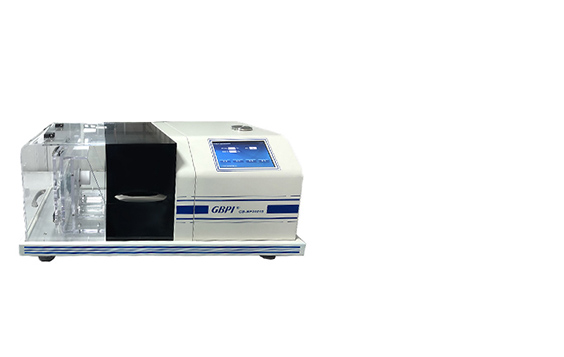
Face Mask Air Flow Resistance and Differential Pressure Tester
Application
Used for face mask air flow resistance and differential pressure testing to check breathability and can also be used to check differential pressure of textile materials gas exchanger.
principle
The output of the air flow is set by a gas flow meter, the air flow passes through a certain area of the test sample, the current pressure is detected by a pressure sensor, and the pressure difference is calculated.
Standards YY0469-2011,YY0969-2013, ASTM F2100, EN 14683, EN 149
Respiratory resistance tester
Application
The respiratory resistance tester is suitable for determining the inhalation resistance and exhalation resistance of respirators and mask protective products under specified conditions, and for the related testing and inspection of common mask products by manufacturers of national labor protection article inspection agencies.
Standard
NIOSH-42CFR-84、EN 143、GB2626-2006、GB/T32610-2016
Medical Mask Exhalation Valve Air Tightness Tester
Application
Used to detect the air tightness of the mask breath valve.
Standard: NIOSH, GB2626-2019,
Reference: https://www.fda.gov/medical-devices/workshops-conferences-medical-devices/webinar-series-respirators-and-other-personal-protective-equipment-ppe-health-care-personnel-use

 info@gbtest.cn
info@gbtest.cn



 en
en ru
ru es
es ar
ar

